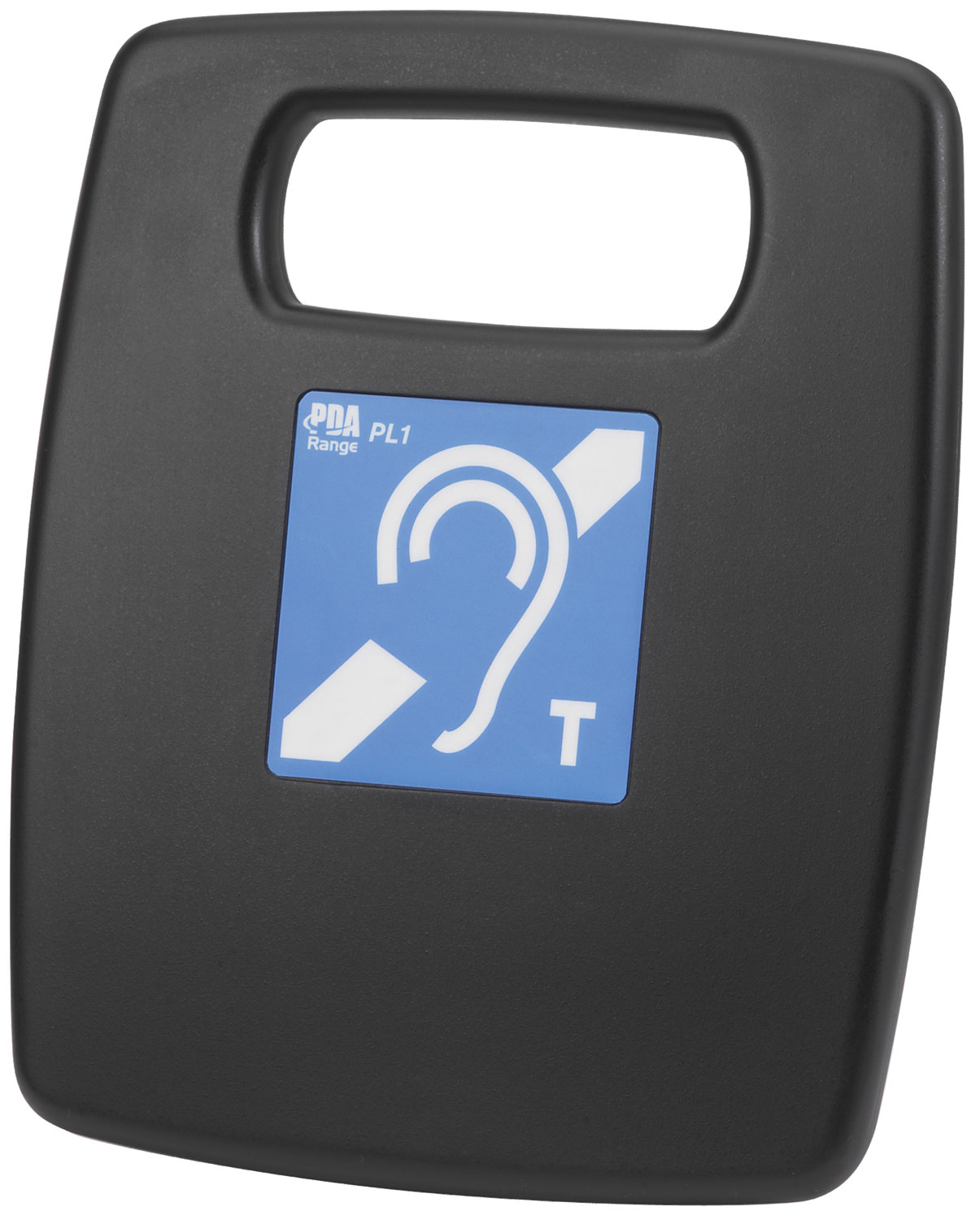

Portable Induction Loop Kit
Priced from
£145.00
What we say
Portable induction loop system. Range of kits including optional field strength meter and set of headphones for testing system.
ADD FOR COMPARISON
If you are a national retailer who is not listed please read our faqs to find out how to add your company. If you are listed and need to update your details please read how to update your listing.
Product Information
Manufacturer's Product Description
The manufacturer has not provided any further information about this product
Manufacturer's Contact Details
Unknown
No Address set
Key Features
- free standing, desktop amplifier with integral hand hold
- push-button control
- cut-off timer
- plug-top charger
- remote input socket for optional tie or desk microphone
- 'T' loop stick-on label
- plastic storage case
Product Dimensions
| Power and Function | |
|---|---|
| Range | 120sqkm |
Product Specification
No product specification has been specified.